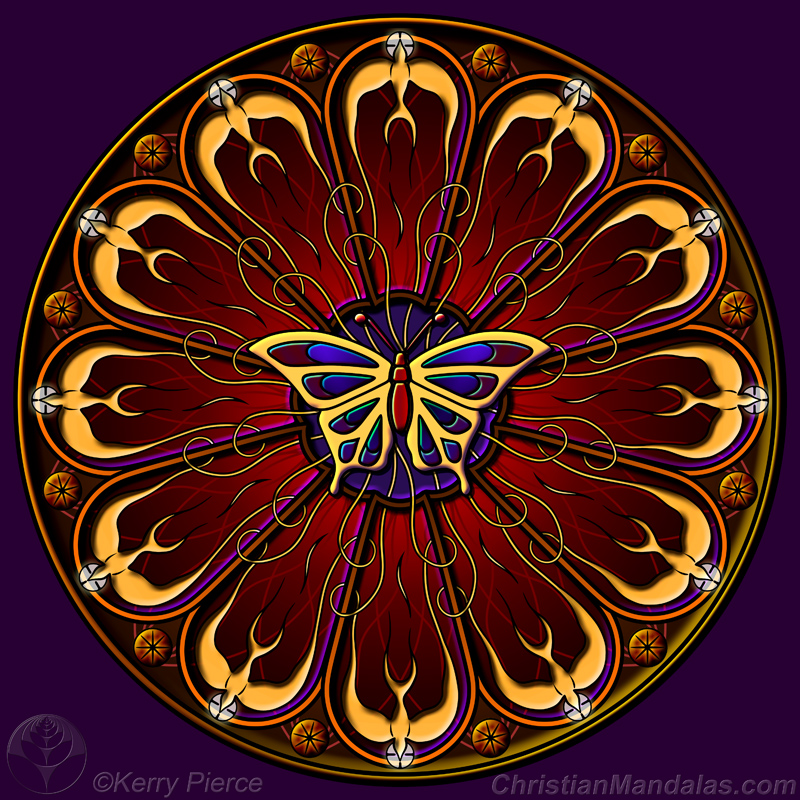
John 20:21-22
21 Jesus said to them again, “Peace be with you. As the Father has sent me, even so I am sending you.” 22 And when he had said this, he breathed on them and said to them, “Receive the Holy Spirit.”
Notes
Judas betrayed Jesus in the garden of Gethsemane. The disciples forsook Jesus and fled the scene. Next, Peter denied Jesus three times. At the crucifixion, best case, John was “nearby,” and the other disciples looked on from “a distance.” After the crucifixion, the disciples are huddled up together behind locked doors. Dear Jesus, are you sure you picked the right group of guys to be your disciples? Sincerely, past observations.
The resurrected Jesus catches up with his boys. He gives them his bodily presence and his peace. Jesus has a body; he uses it to breathe on the disciples, telling them to receive the Holy Spirit.
Jesus needs the guys to unlock the doors and go out to the world and represent him. Obviously, they require some assistance. Jesus meets their need, and ours, by giving the gift of the Spirit. The Holy Spirit empowers us as we work for the Kingdom.
Symbols and numbers
Butterfly. The butterfly is the Christian symbol for the resurrection. Here, I am using the butterfly to symbolize the resurrected Christ.
Dove. The dove is the Christian symbol for the Holy Spirit. This reference came from the baptism of Jesus when the Spirit descended from heaven like a dove. The circle of light around the head of the doves, a nimbus, tells us that the dove represents a member of the Trinity.
Eight is the Christian number for regeneration. Note the eight-pointed stars at the periphery of the image.
Twelve. The twelve petals and doves represent Jesus’ apostles.
Recall, symbols are a shared language in a culture. Christian symbols allowed me to create a compact image that captures the resurrected Christ breathing out the Holy Spirit onto the disciples in the locked room.
Yes, there were only ten disciples present at this event. Thomas and Judas were absent.
Theological deep dive
In John 20, before Jesus’ ascension, he breathes on the disciples and tells them to “Receive the Holy Spirit.” However, in Acts 2, after Jesus’ ascension, Luke records the day of Pentecost when “they were all filled with the Holy Spirit.”
How do I resolve the different accounts of John and Luke? Did all the disciples duck when Jesus breathed on them in John’s narrative?
Great Christian theologians and commentators are divided. The explanations fall into two main camps.
Position 1. Two main givings of the Spirit, one before the ascension, and the second at Pentecost after the ascension. For example, Jean Calvin’s view is that there was a partial filling in the locked room, followed by a completed filling at Pentecost.
Position 2. One main giving of the Spirit represented differently by John and Luke. For example, R. C. Sproul’s view is that the pre-ascension event was only an object lesson of what was to come at Pentecost.
Difficult call. I side with Position 1.
Again, gifted and inspired theologians fall into both camps. However, the majority of the theological heavyweights come down on the side of the two main givings of the Holy Spirit.
Additionally, in my experience, I don’t believe I could have handled a full pouring out of the Spirit all at once. Encountering a Holy, Holy, Holy God is intense. Consider Isaiah’s reaction to his encounter with the Lord in Isaiah 6:5, “Woe is me!” I cried. “I am ruined (undone)! For I am a man of unclean lips, and I live among a people of unclean lips, and my eyes have seen the King, the Lord Almighty.” I’m a far less righteous man than Isaiah. Partial fillings would be something I could process much more easily than a complete filling.
Finally, I don’t have a reason to limit the Trinity to giving as many fillings of the Spirit as they see fit.
The Christian Mandalas devotional coloring journal containing this drawing page may be found here:
Christian Mandalas: The Art of Journaling 2: A Devotional Coloring Journal
